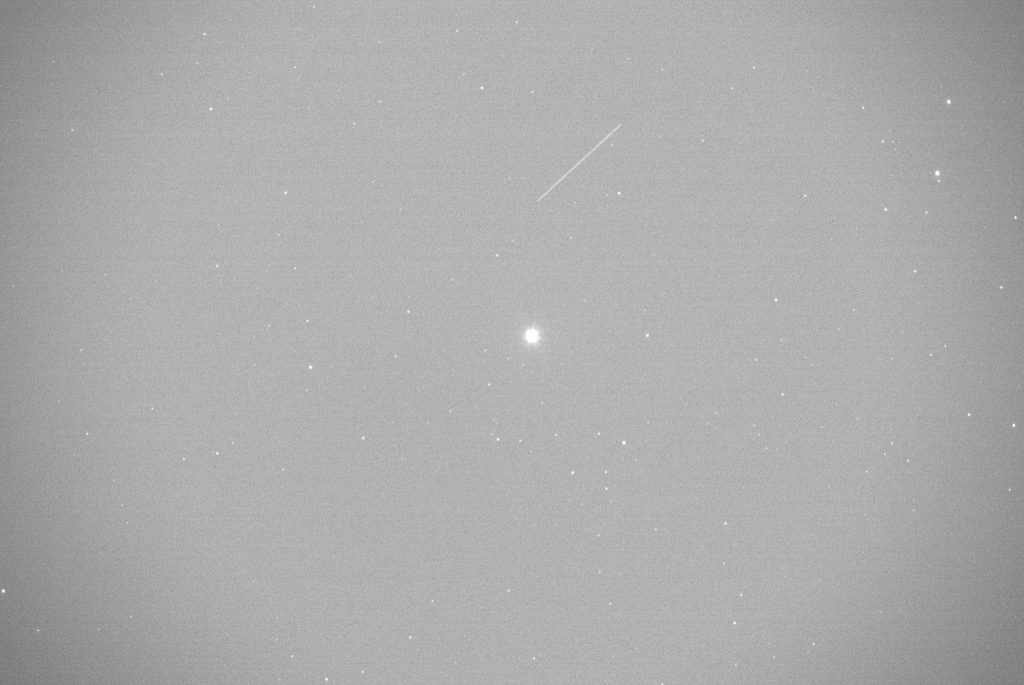
All of the projects proposed below are open to either credited projects (we will help you organize a supervising professor) or as projects to participate in during your free time 🙂
If you’re interested, contact us at our email !
Our telescope will soon be operated remotely. Whilst most of its tasks should fully automated by then, we will need to give it new tasks, as well as retrieve the data it obtained. Our current choice of location does not provide standard internet connection, the only options being 4G connection with a SIM card, or Starlink. Furthermore, the energy supply can be unreliable, meaning that the telecommunications must be interruptible.
This project consists of estimating the bandwidth necessary, studying the possible solutions, and implementing the optimal strategy.
We will build a weather station to measure the observation conditions. This will consist of temperature and humidity sensors, of an anemometer and a cloud observing camera, all linked to a raspberry pi. This data should be broadcast to our computer (either remotely or plugged in). Adding this data to open source weather stations networks is of course possible. The end goal is combining the local data and the Swiss/European-wide information to warn for potential rain.
Our remote observation station will be off-grid, meaning we will have to power everything through powerful batteries. Our chosen location is in a natural reserve, meaning that the ecological footprint should be as small as possible. This project will first compute the energy requirement of our setup. Then, you can find a preliminary solution. We are considering using solar panels to recharge our batteries during the day. We are considering two main options, new flexible solar panels or re-using solar panels.
We aim to measure precisely the luminosity of the satellite tracks, and doing so automatically for each measurement. To do that, you will first find a way to calibrate the light flux measurement using the telescope, and then measure the luminosity. We can then extract light curves, i.e., the variation of luminosity of the object in time. In the end, the procedure should be applied automatically to each new satellite detected. This measurement will then be extrapolated to standard values, comparable to those obtained in references. Ideally, we would like to perform such measurements in multiple colour bands.
Using a basic computer model of a satellite (or rocket body debris), simulate the sunlight reflection on the object. The idea is to study how the shape and the rotation of the object on itself impacts the reflection. This will tell us what light variation we should expect here on earth. Further, we’re curious to know if we’d be sensible enough to detect differences, and hence determine the shape of the object from our measurements.
See this paper for a rough idea iOTA_paper